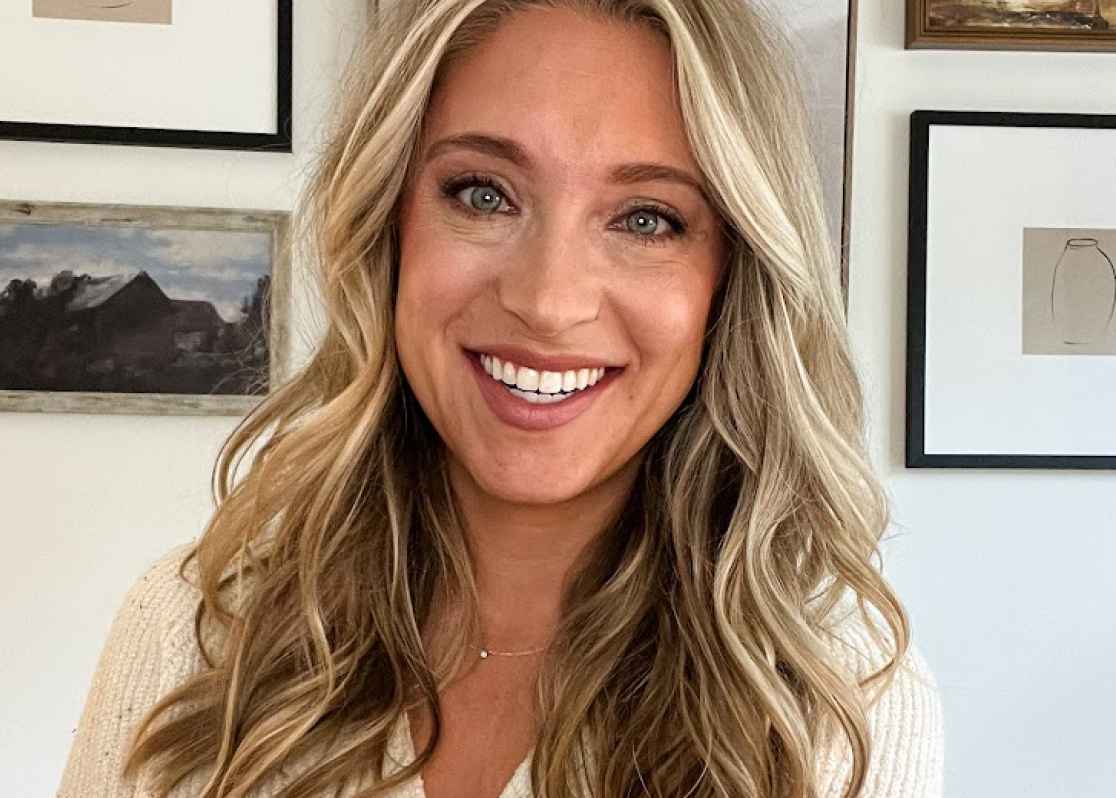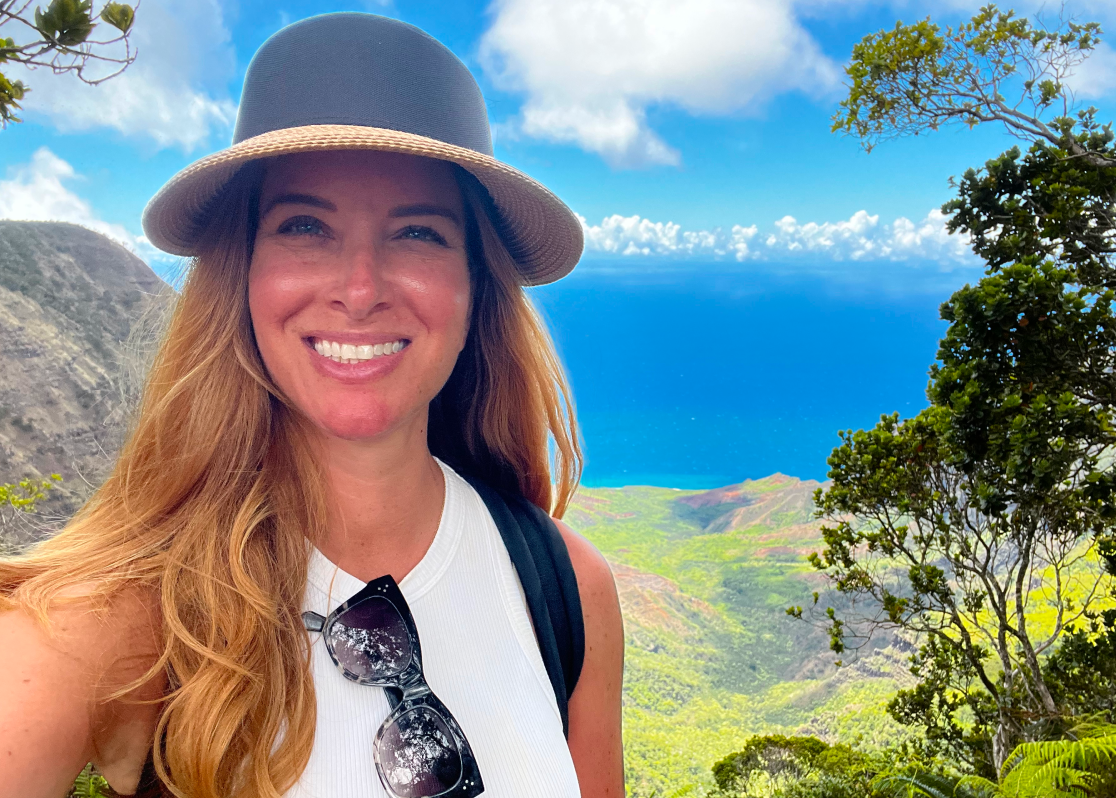OUTNUMBERING PAH
Amy’s story
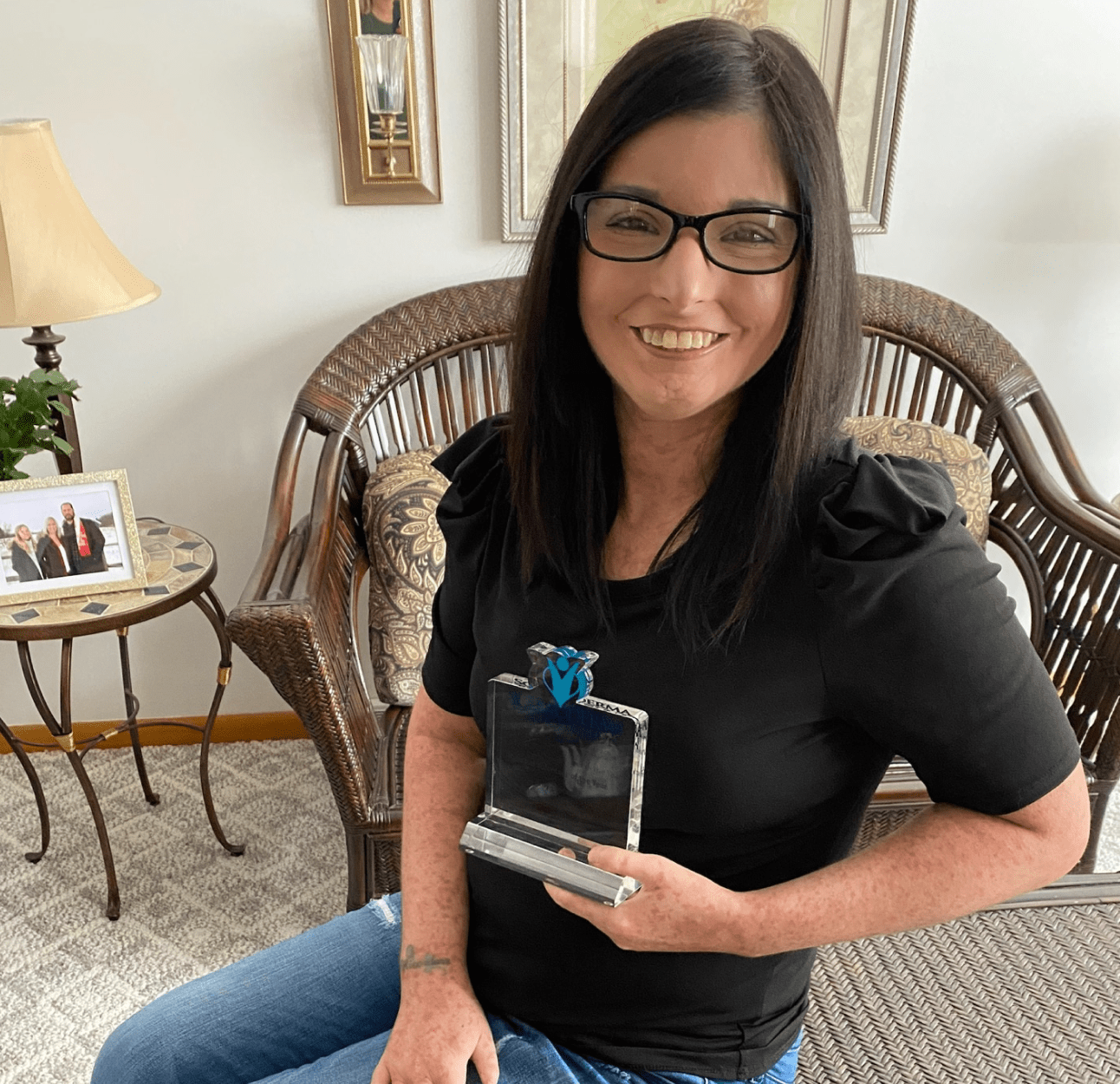
Amy was no stranger to chronic illness. In 2001, Amy was diagnosed with scleroderma, an autoimmune disease that causes tissues in the body to thicken and become harder to move.
Scleroderma is a rare disease that has no cure. Like many people with a chronic illness, Amy had to learn to adapt to her condition while advocating for herself. For Amy, that meant finding specialists that could help her manage and understand how to live with an uncommon illness.
When Amy started to have trouble breathing in 2018 and was diagnosed with pulmonary arterial hypertension (PAH), she knew how important it was to build a support team to help her learn to live with her new normal.

I gained quite a bit of weight, and then it felt like a weight on my chest when I was lying flat. Over a six-month period, I went from where I could do basically anything and just be a little out of breath to being out of breath walking the ten feet from my bedroom to my bathroom.
Thanks to the support from her team of specialists and nurses, her loved ones, and other people with chronic illnesses, Amy is outnumbering PAH.
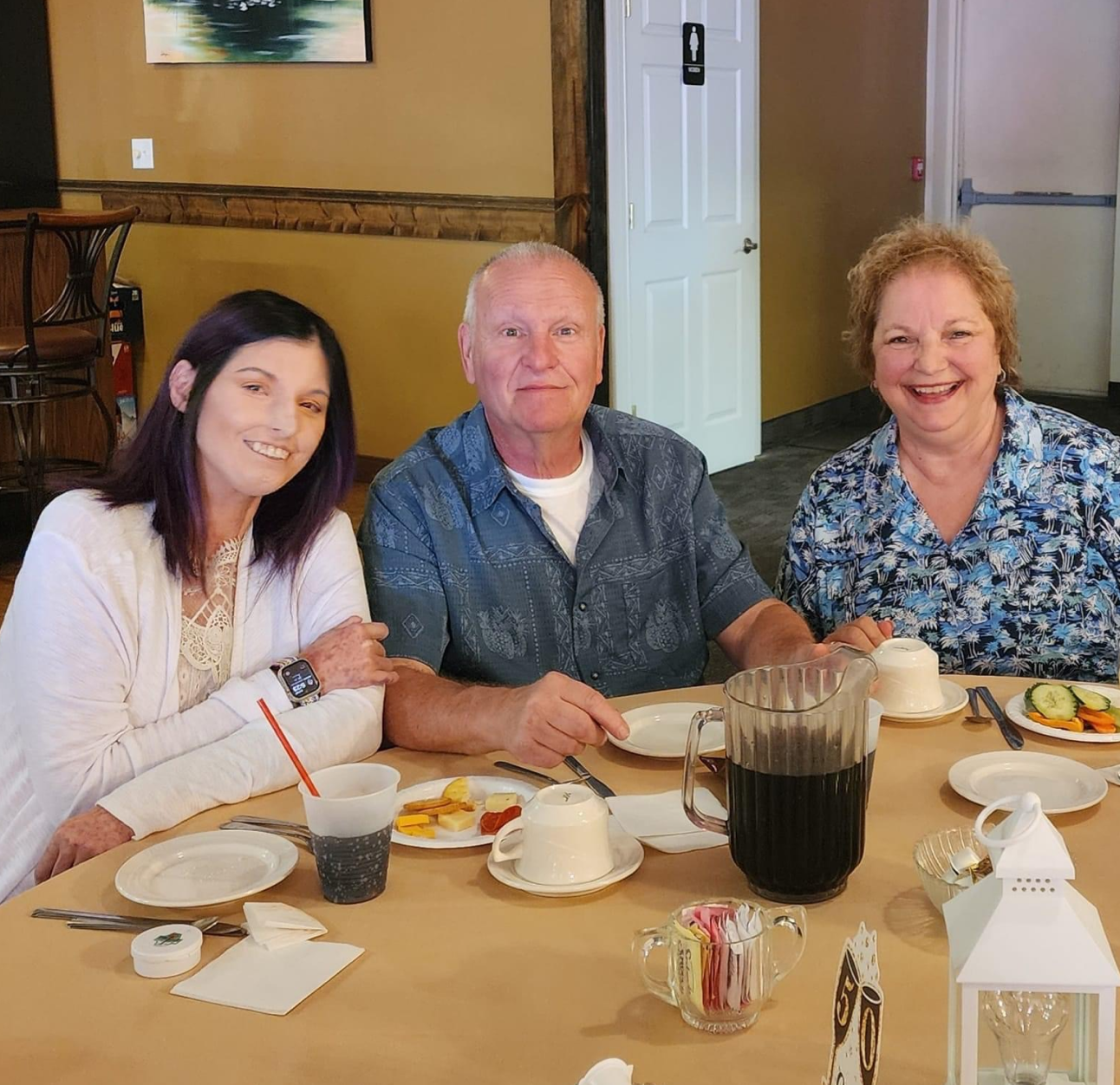
Juggling multiple conditions
Amy had been living with scleroderma since she was 19, which meant she had a good handle on how to manage her condition. Her mom became her fiercest advocate and made sure Amy had a great care team on her side.
Her dad went to work making sure Amy could be independent and comfortable. He made changes around the house, like switching out the doorknobs, to make everything more accessible. That made Amy’s daily life a little easier and let her focus on living a full, meaningful life.
Managing one chronic illness is a challenge. Now, Amy had two to contend with. Instead of feeling frustrated, Amy got to work.
It started with finding PAH specialists she could add to her medical care team. She wanted her doctors to work together to build a treatment plan that considered her PAH and her scleroderma.
Along with building a team of specialists, Amy wanted a seat at the table where she could advocate for herself. After all, no matter how much they cared about her, no one knew how Amy was feeling better than she did.

It’s really important for me, especially living with such rare issues, that my team be able to speak to one another and work together because there’s all kinds of facets of living with PAH and scleroderma.
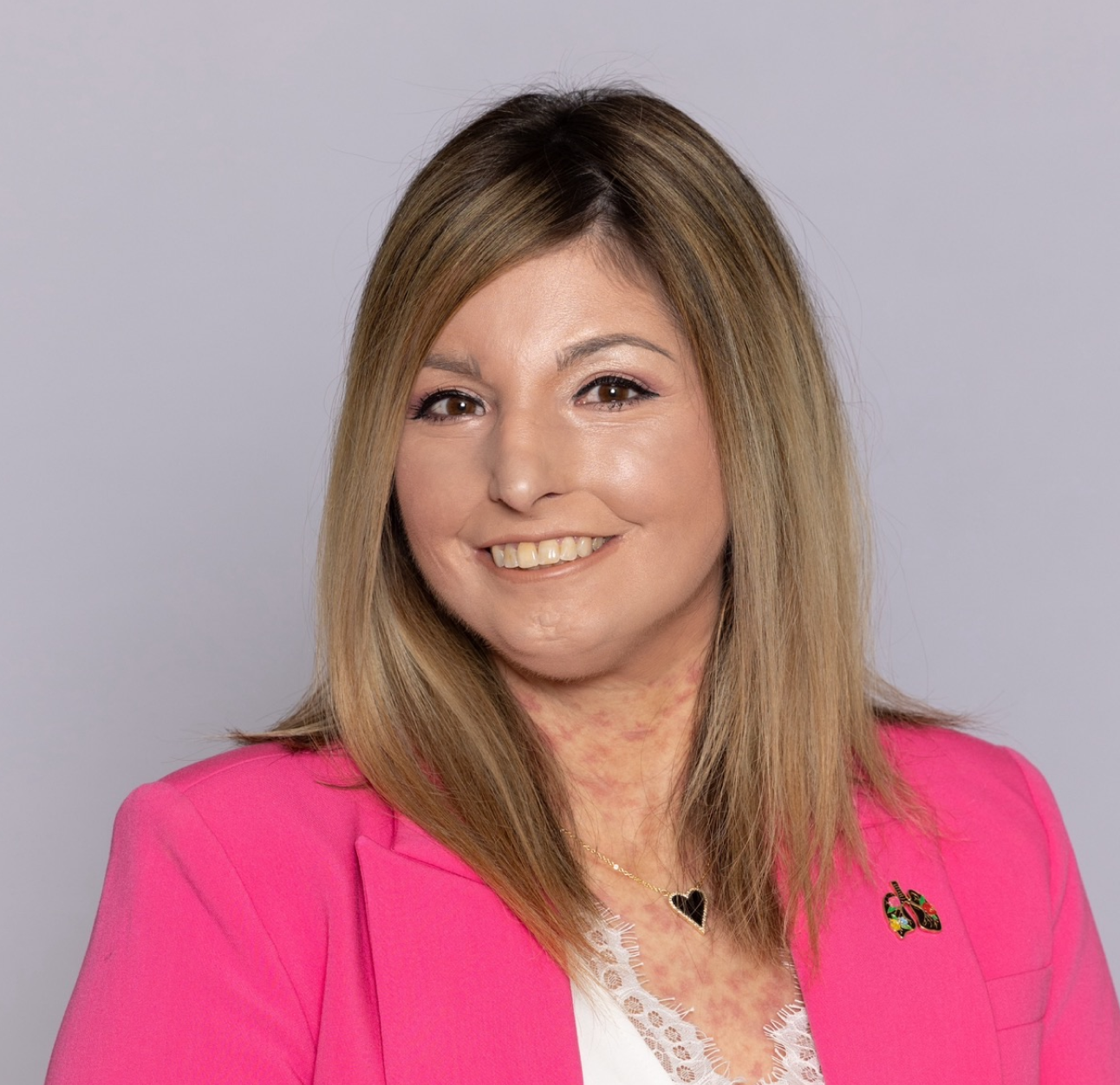
Growing her support team
Amy knew that having a great care team was just the first step of her PAH journey.
She’d been a part of support groups for years, and she knew how important talking to other people with a similar health condition could be. So, Amy turned to social media to connect with other people who have PAH.
After Amy was diagnosed with PAH and scleroderma, she turned to organizations and social media to learn how to live with her conditions. Now, Amy uses her experiences with chronic illness and her voice to support other people with PAH on their health journeys.
Amy knew it was important to be able to share more than just medical diagnoses with others—she wanted to find people with PAH that she could talk to about anything.
For Amy, that meant getting connected with an organization where she could volunteer her time and advocate for other patients.
She also found support online through digital support groups and social media.
Now, Amy speaks to groups around the country about scleroderma and PAH to help spread awareness and advocate for patients’ rights.
When you’re diagnosed with a chronic illness like PAH, it’s easy to feel alone. But the truth is, there are people like Amy out there that understand what you’re going through.
Finding your people—whether that’s your family, your friends or an online support group—can help you better understand PAH and how to help manage it.

